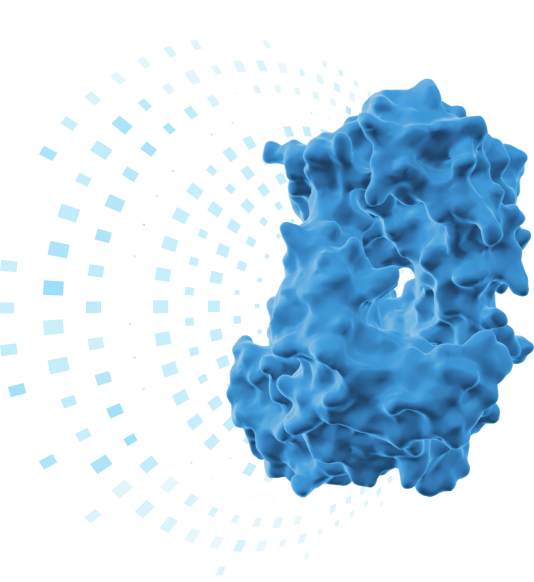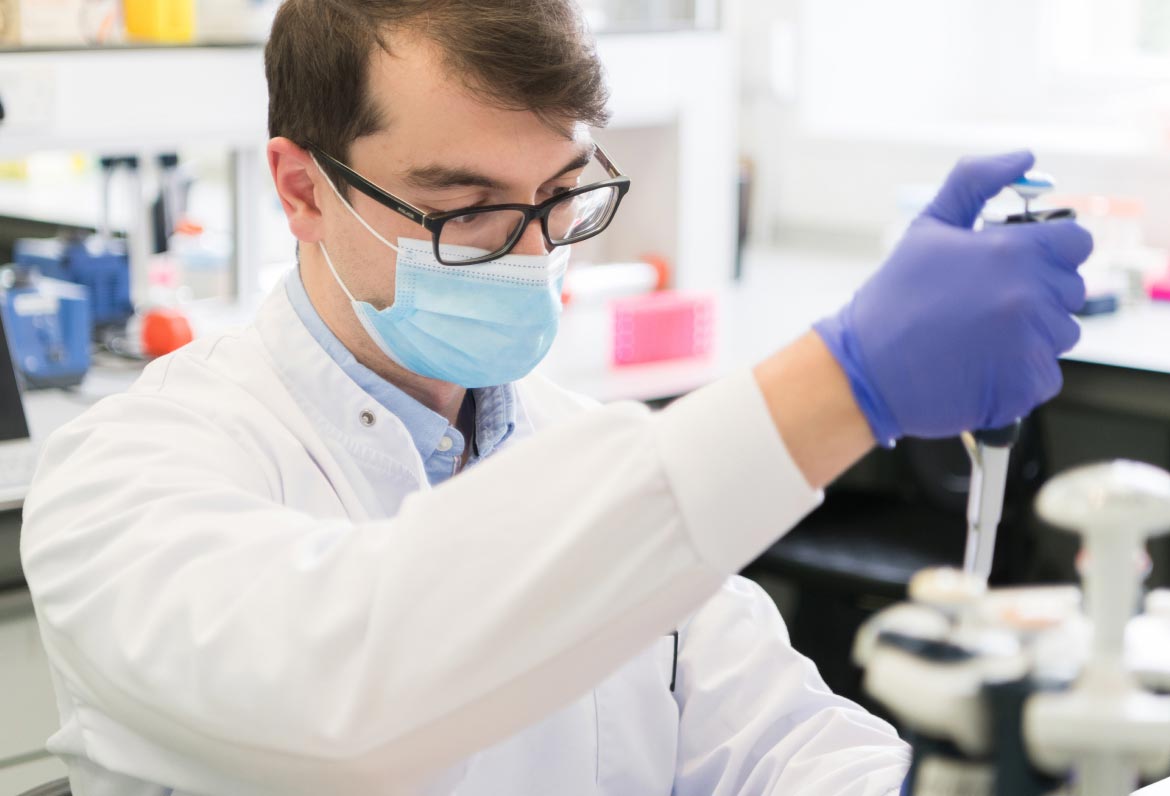DNA vector and enzymatic manufacturing process
WHAT IS DOGGYBONE DNA?
Disruptive, proprietary enzymatic DNA vector
At Touchlight, we are disrupting the decades-old technology of DNA manufacture to advance genetic medicine. We have developed a novel, synthetic DNA vector, known as doggybone DNA or dbDNA™ and enzymatic manufacturing process, which enables us to produce DNA at unprecedented speed, scale and purity.

Making DNA using enzymes
Traditionally, DNA is manufactured using E.coli fermentation. This method for manufacturing plasmid DNA (pDNA) is inherently limited in terms of speed, safety, cost, capacity, and scalability.
As an alternative to pDNA production, we have developed synthetic DNA manufacturing using an in vitro enzymatic process.
By moving away from restrictive biological approaches and instead using enzyme biochemistry, we are making DNA simple – we have eliminated the need for bacterial sequences, including antibiotic resistance genes.
Thanks to this fundamental shift from using a complex biological system to a simpler, enzymatic approach, our dbDNA™ manufacturing has numerous benefits compared to pDNA:
Rapid
Enzymatic manufacturing enables multi-gram GMP DNA production in weeks rather than months
Scalable
Manufactured using benchtop equipment with a significantly smaller footprint than fermentation-based production
Mobile
dbDNA™ technology is highly portable and amenable to technology transfer
Optimal vector
dbDNA™ can encode long, complex, unstable sequences, eliminates bacterial sequences, and has a strong expression profile
DOGGYBONE DNA TIMELINE
>5x faster than pDNA manufacture
Our proprietary enzymatic DNA manufacturing platform enables multi-gram DNA production in weeks, rather than the months taken to make plasmid DNA using traditional E.coli fermentation methods.
dbDNA process:
- pDNA production
- dbDNA production
- dbDNA release
Plasmid process:
- Optimisation
- MCB
- Development
- pDNA production
- pDNA release
HOW IS DOGGYBONE DNA (dbDNA) MADE
Revolutionising DNA manufacture
With our proprietary enzymatic DNA production process, we can rapidly manufacture multiple grams of DNA using benchtop, disposable equipment.
Template DNA denatured
The starting, circular DNA template, containing the sequence of interest and bacterial backbone, is chemically denatured.
Rolling circle amplification
Addition of Φ29 DNA Polymerase and primers initiates rolling circle amplification, producing long, linear, double stranded concatemers.
Cleave and covalently close
Protelomerase binds the linear DNA at specified sites and performs a cleavage-joining reaction to produce dbDNA™.
First purification
The mixture is partially purified to remove low molecular weight impurities and enzymes using column chromatography and buffer exchange.
Backbone digested
Targeted restriction enzymes are added to selectively cut and digest the bacterial backbone DNA sequences.
Backbone removed
Exonucleases, to which dbDNA™ is resistant, remove the open fragments of backbone DNA sequences, producing dNMPs.
Second purification
The mixture is purified to remove the dNMPs and processing enzymes using column chromatography and buffer exchange.
Formulation and testing
The dbDNA™ is finally formulated, filtered, dispensed under laminar air flow, and quality checked prior to release.
Our platform is built on rigorous research
Find out more about our doggybone DNA (dbDNA™) vector and enzymatic manufacturing process in our knowledge centre
Read our research
dbDNA™ MARKETS
We address a broad market
Our versatile dbDNA™ platform technology can be applied throughout the genetic medicine industry.
Find out more